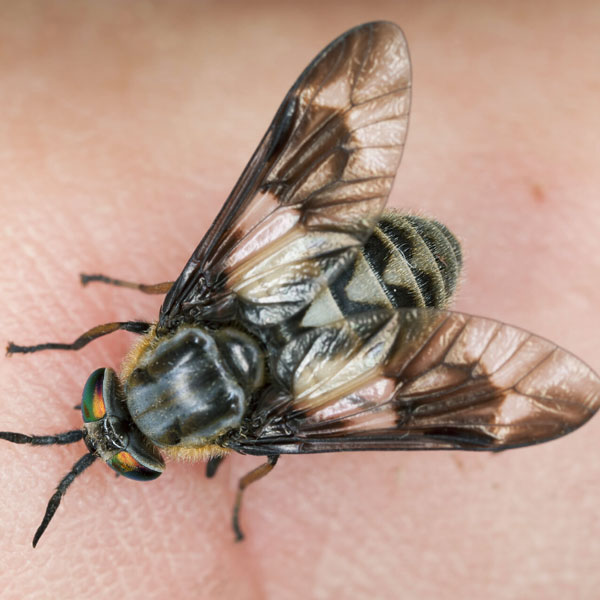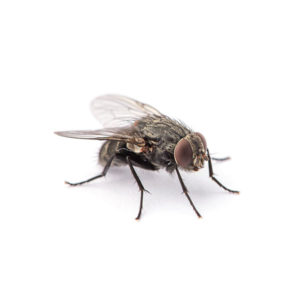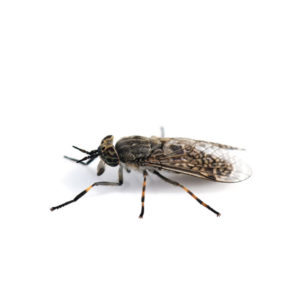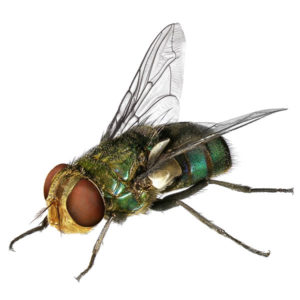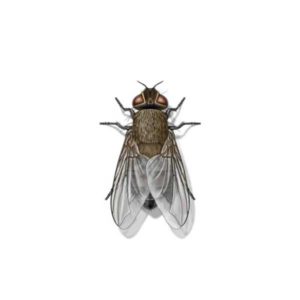Deer Flies in North Jersey
Deer flies and their cousin horse flies are hefty, large-bodied insects who suck blood and spread disease. They are well-known for pestering horses, mules, cattle, hogs, dogs, as well as humans and other mammals in New Jersey. Deer flies are smaller than horse flies and have dark bands across their wings. Like horse flies, they’re notorious for biting humans. A few relentless deer flies can quickly make you want to abandon your outdoor fun and run inside.
Deer flies need water to breed, so they frequently inhabit areas like creeks, streams, or tanks. They also like brushy or low-lying pasture areas. Although they do not enter buildings often, deer flies can wander inside by mistake. Houses or hotels with swimming pools may face a higher risk of infestation, as deer flies are drawn toward shiny surfaces.
Deer Fly Behaviors, Threats, or Dangers
Female deer flies are capable of biting humans. The bites can be painful and occur anywhere on the body. Since these bites may cause wounds, general first aid skin creams can provide relief. Some individuals may experience allergic reactions like hives and wheezing, although it’s rare. Deer flies have rarely been found to transmit a bacterium that causes tularemia, also known as deer fly fever or rabbit fever. Deer flies are also a major pest for livestock. To manage deer fly infestations, contact your local New Jersey fly control experts.

